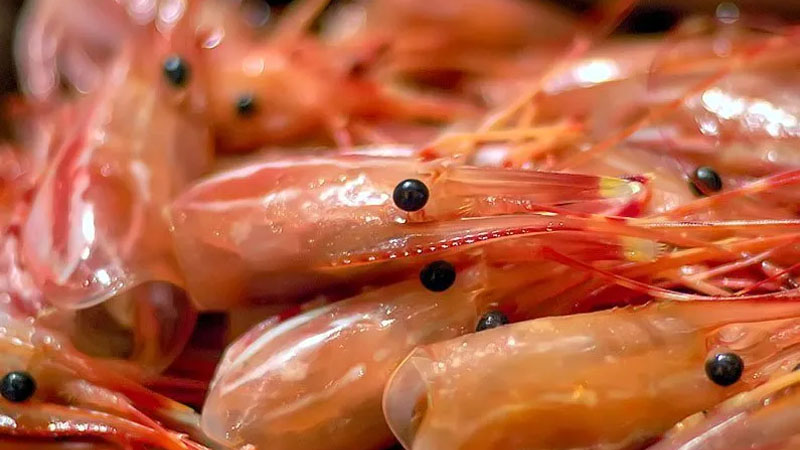Exclusive content

A groundbreaking advancement in adhesive technology has emerged from the laboratories of the Wyss Institute for Biologically Inspired Engineering at Harvard University. Researchers at this prestigious institution have devised a method that enhances the versatility of hydrogels in the realm of biomedicine. Hydrogels, highly porous plastics composed mostly of liquid, are already instrumental in various medical applications such as drug delivery, tissue engineering, and wound dressings.
The Role of Shrimp in Innovation
In this novel technique, researchers have turned to an unexpected source for their adhesive material: shellfish. A thin film of chitosan, derived from the exoskeletons of shellfish and crustaceans like shrimp, mussels, and crabs, serves as the bonding agent. This sugar-based fibrous material demonstrates remarkable adhesive properties, facilitating the bonding of hydrogels in a variety of medical scenarios.
Unlike traditional bonding methods reliant on chemical reactions, chitosan operates through water absorption. The sugar strands of chitosan rapidly absorb water present between hydrogel layers, intertwining with the polymer scaffolds. This mechanism results in adhesive forces significantly stronger than those achieved through conventional bonding techniques, offering a promising solution to longstanding challenges in biomedicine.
Transformative Implications
David Mooney, a prominent figure at the Wyss Institute and the engineering school, highlights the transformative potential of chitosan-based adhesive technology. By enabling the effective assembly, modification, and protection of hydrogels, this innovation paves the way for the development of advanced devices in regenerative medicine and surgical care. Unlike existing methods fraught with limitations such as toxicity or complex processes, chitosan offers a safer and more efficient alternative.
Chitosan’s commercial applications extend beyond biomedicine. Already utilized in agriculture, winemaking, self-healing coatings, and wound treatment, its incorporation into hydrogel bonding represents a significant leap forward. With its proven track record in various industries, chitosan promises to catalyze innovation and drive advancements in biomedical research and development.